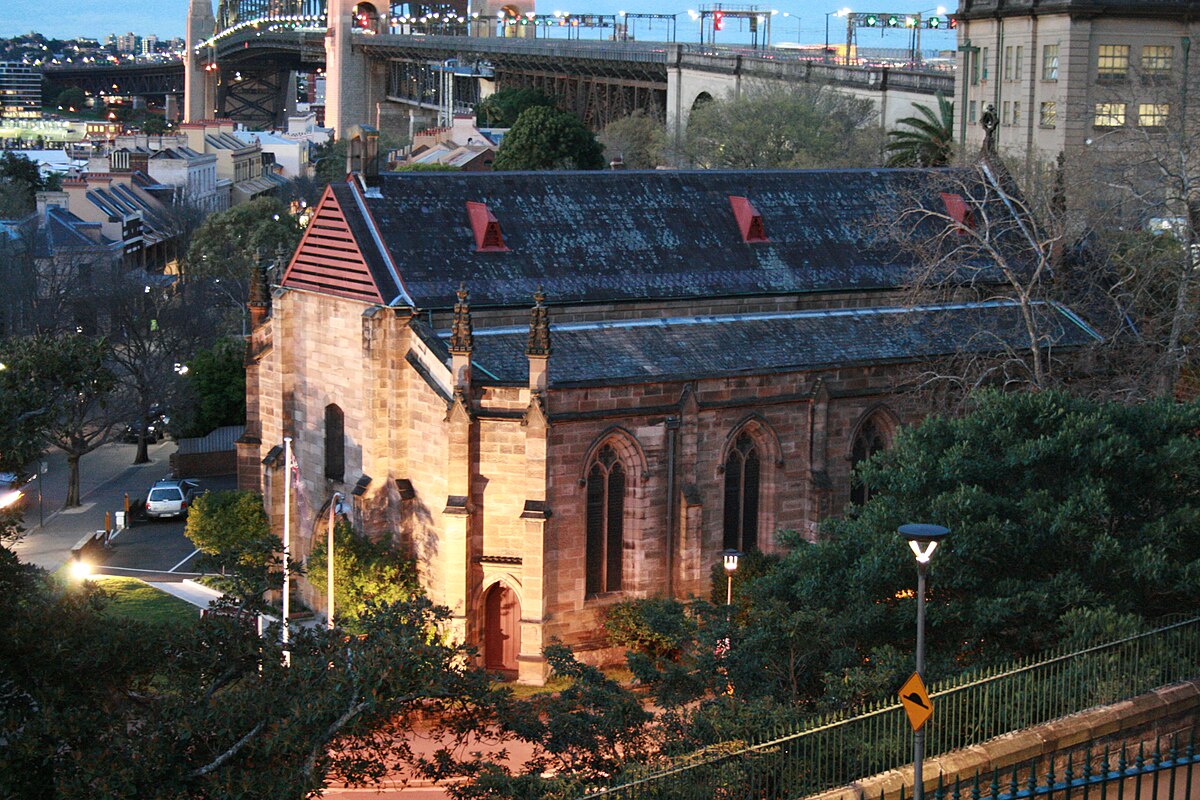Bennelong Lawn, part of the Quay Quarter in Sydney, is closely associated with the historical figure Bennelong, an Aboriginal man who played a significant role in early Australian history. In November 1789, Bennelong was captured by order of Governor Arthur Phillip, who sought to establish communication with the indigenous Eora people[1][2]. This event marked a pivotal moment in the history of the region, as it aimed to facilitate cross-cultural understanding.
The capture was part of Phillip's broader strategy to learn about the customs and language of the local Aboriginal population. Bennelong, along with Colebee, was taken to the settlement at Sydney Cove. While Colebee soon escaped, Bennelong remained for several months, during which he began to adapt to life among the British[1][2].
Bennelong's interactions with the British were complex and multifaceted. He learned English, developed a taste for British food and liquor, and became attached to Governor Phillip, who housed him[2]. However, his relationship with the British was not without tension. In 1790, an incident involving the spearing of Governor Phillip occurred, which some historians interpret as a ceremonial act of conciliation[1].
Today, physical evidence of Bennelong's presence in the area includes Bennelong Point, where a brick hut was built for him in 1791, and Bennelong Bridge, which crosses Homebush Bay[1][2]. These landmarks serve as reminders of Bennelong's role in early Australian history and his efforts to bridge two cultures.















